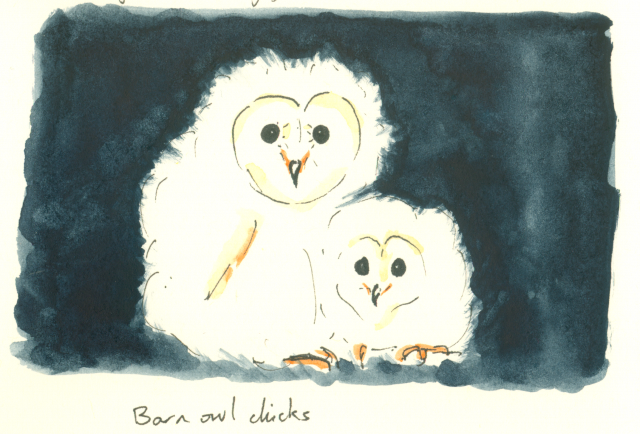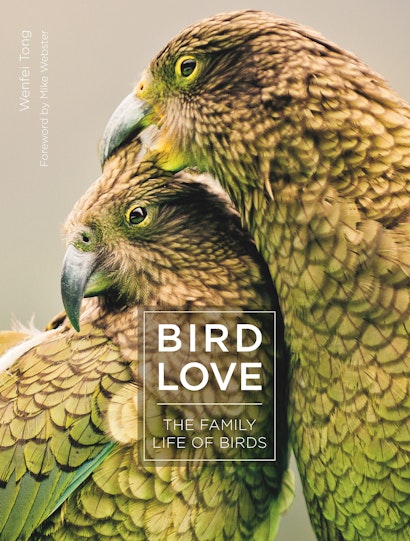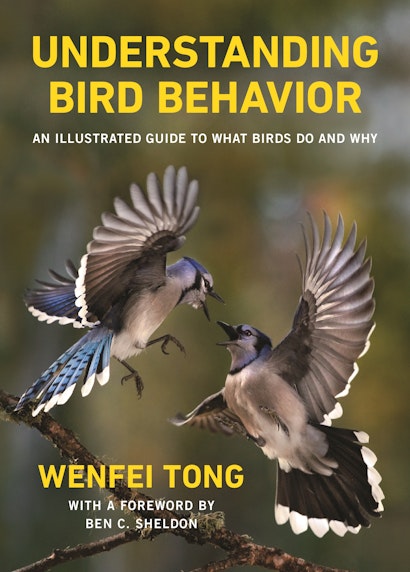Bird Love looks at the extraordinary range of mating systems in the avian world, exploring all the stages from courtship and nest-building to protecting eggs and raising chicks. Bonds of affection can take as many forms for birds as they do for humans, and common evolutionary themes explain many ways birds, like humans, experience and demonstrate “love.”
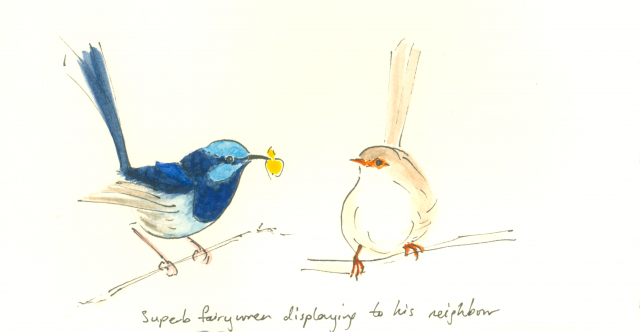
A Bit (75%) on the Side
Like many humans, about 90% of all birds form strong pair bonds, helping a coordinated couple raise more children than squabbling or single parents. And like some humans, most of these “socially monogamous” birds are actually getting a little on the side. Biologists discovered this fact using the same DNA fingerprinting technology humans developed for paternity testing. In the case of superb fairywrens, a common backyard bird in Australia, up to 75% of the chicks in a brood are not fathered by their mother’s social mate. Biologists have observed that males display to neighbouring females flower petals that complement their striking blue feathers, but don’t bother to present their social mates with such tokens. A breeding female gets the last say, though, as she sneaks off just before daybreak for a quickie with the soliciting neighbour she has deemed most attractive. This could benefit the philandering females by helping to hedge their genetic bets, or even allow them to have some chicks sired by a more attractive or higher quality male than their social mate.
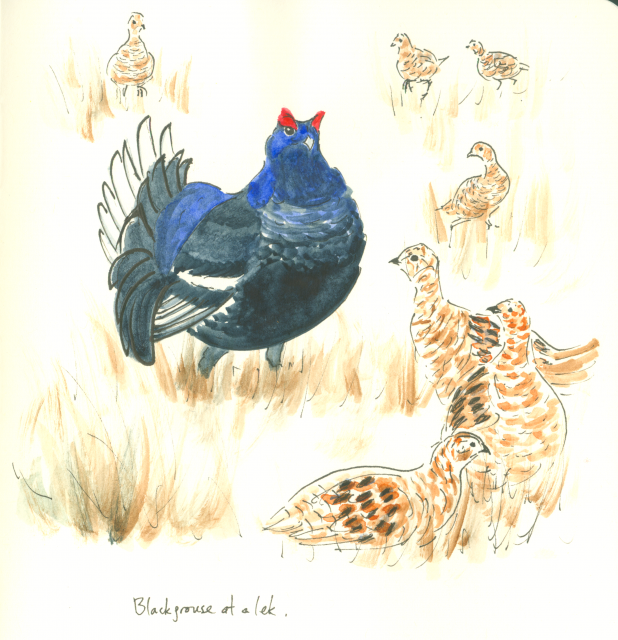
Following Fashions
Many wild chicken relatives, such as grouse, form leks—arenas where males gather to show off and court, and females assemble to choose the best candidate sperm donor for their offspring, which they will subsequently rear solo. Leks tend to be winner-takes-all situations for males, in which one stud gets almost all the attention while the rest are left in the wings. As with human fashions and fads, such as the number of “likes” and “re-tweets,” popularity can be self-reinforcing. Experiments with black grouse in Europe have shown that a new heartthrob can be created simply by surrounding a previously unattractive male with stuffed females. Other females arriving at the lek to choose the best candidate as a sire are attracted to this male simply because he has a following. In lekking grouse, following fashions could be adaptive if other females are already choosing the male with the best genes; copying them saves time and costly exposure to predators.
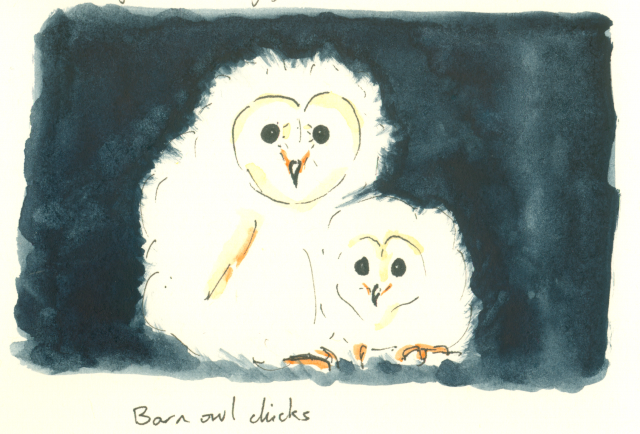
Heirs and Spares
Much like the nobility in many cultures, some birds, including egrets, herons, and birds of prey, typically have more chicks than they can successfully rear in a season. This strategy of producing an heir and a spare makes adaptive sense when the food supply can be unpredictable—an insurance chick is effectively a parental bet-hedging strategy. Unlike many smaller perching birds, which wait until their clutch is complete before starting incubation, these parents begin incubation the moment after they lay the first egg. This effectively staggers their chicks so that the oldest has the biggest head start. The runt rarely survives except in times of plenty or if one of its older siblings failed to thrive or hatch out of the egg at all.
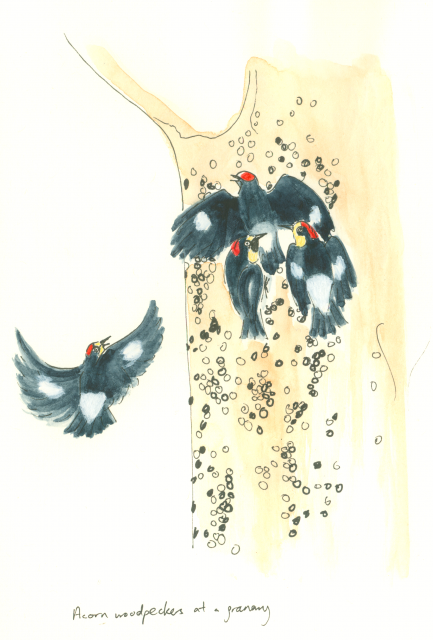
Cooperation and Conflict over a Common Good
Sedentary human societies that have been able to amass and monopolize wealth have often dominated smaller groups with fewer resources. Acorn woodpeckers in California live and breed in groups, with larger groups out-reproducing and out-competing smaller groups because they can amass and guard bigger acorn granaries. These granaries comprise several trees studded with holes individually excavated to fit specific acorns. Although everyone in the group contributes to the common granary, there is also fierce conflict within the group. Females take turns chucking the eggs of other females out of the communal nest until they have laid their own, and everyone eventually settles down to sharing parental care duties. There is also fierce conflict between groups over these prized granary trees, but there has been little evidence of free-riding, in which some individuals contribute nothing to the granary but share the benefits of a large larder.
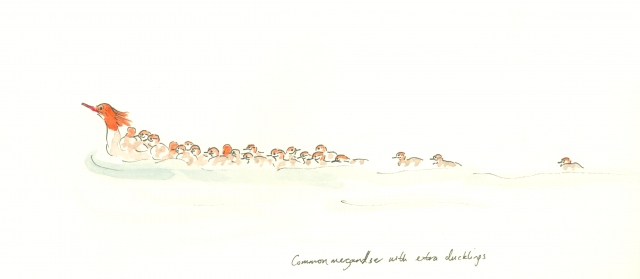
Outsourcing Childcare
Some birds outsource care altogether rather than sharing parental duties or recruiting adult offspring who haven’t been able to find and afford a territory of their own. Biologists call this outsourcing “brood parasitism” because there is no mutual social contract between biological parent and caregiver. Many ducks, including common mergansers (a.k.a goosanders in Europe) parasitize other ducks opportunistically by laying the odd egg in someone else’s nest, resulting in the common sight of a female with about 20 chicks trailing after her. The victims of this egg dumping are often members of the same species, but if they aren’t, the unfortunate foundling imprints on and grows up to court the species that reared it, one reason hybrid ducks are common. It’s relatively inexpensive for species like ducks, with precocial (semi-independent) young, to raise a few extra offspring. The songbirds victimized by common cuckoos pay a much higher price, as the cuckoo chick kills all the true offspring and demands more parental resources to boot.
Illustrated throughout with beautiful photographs, Bird Love is a celebration of the global diversity of avian reproductive strategies.
Wenfei Tong is a biologist, conservationist, and nature guide. She is associate editor at Nature Communications and owner of Big Sky Safaris. She is the author of Understanding Bird Behavior: An Illustrated Guide to What Birds Do and Why and Bird Love: The Family Life of Birds (Princeton).
